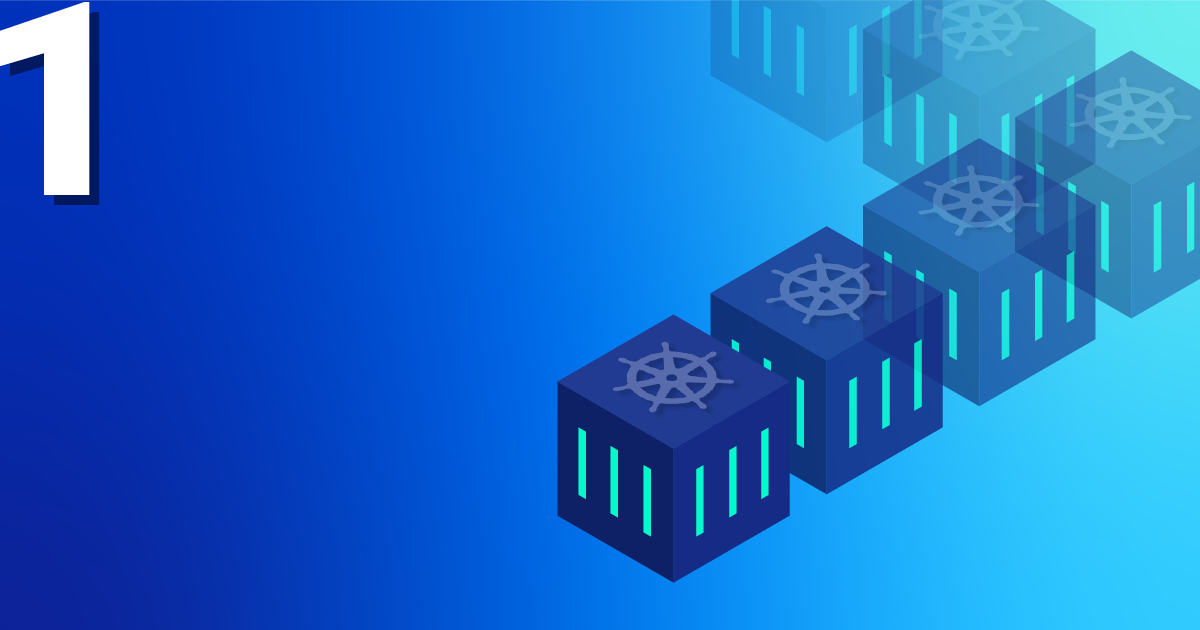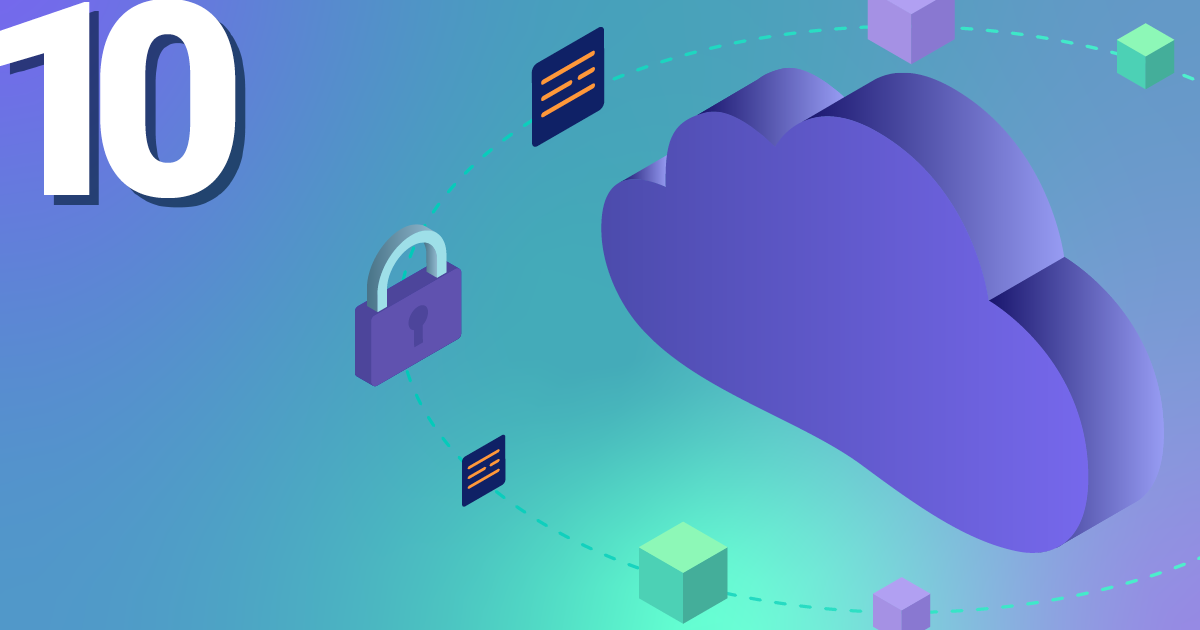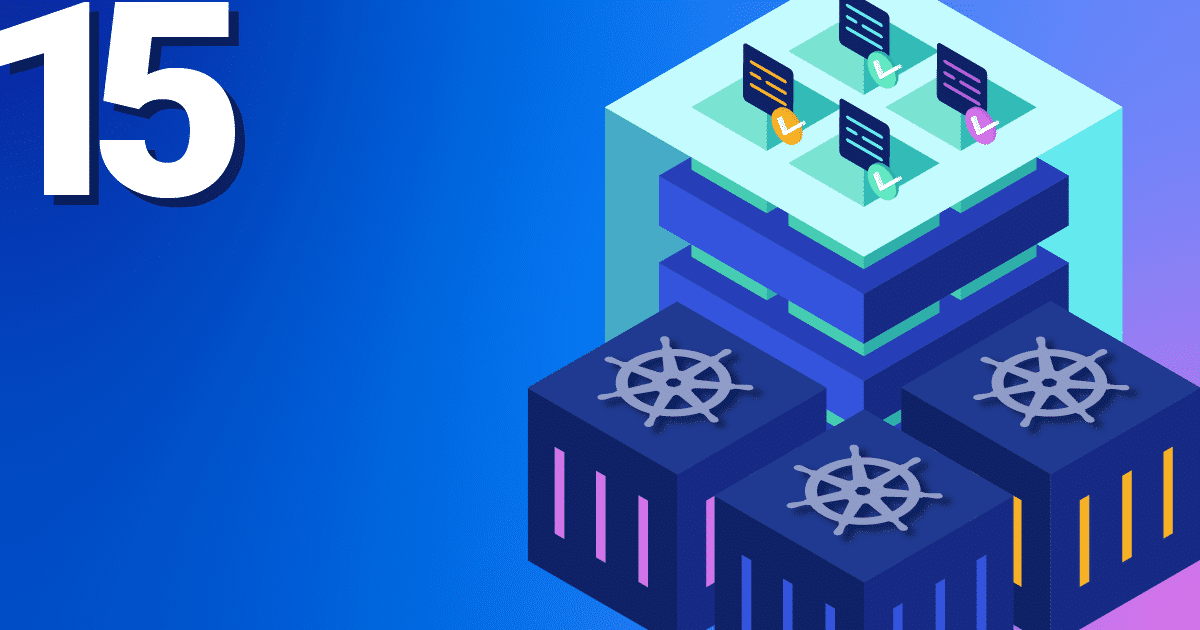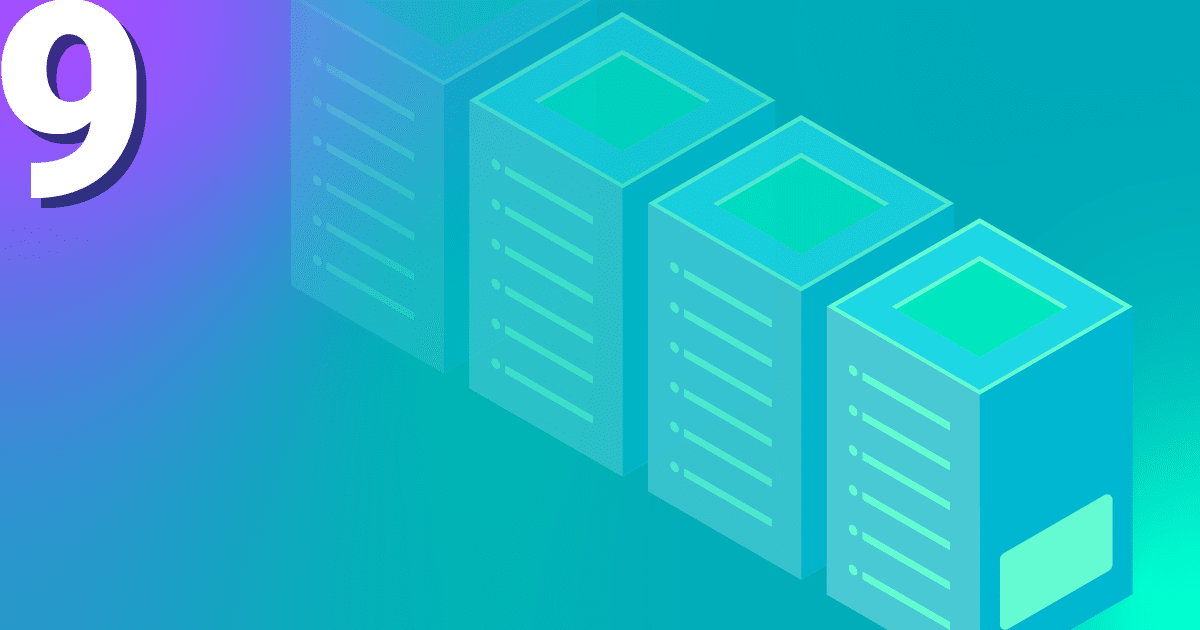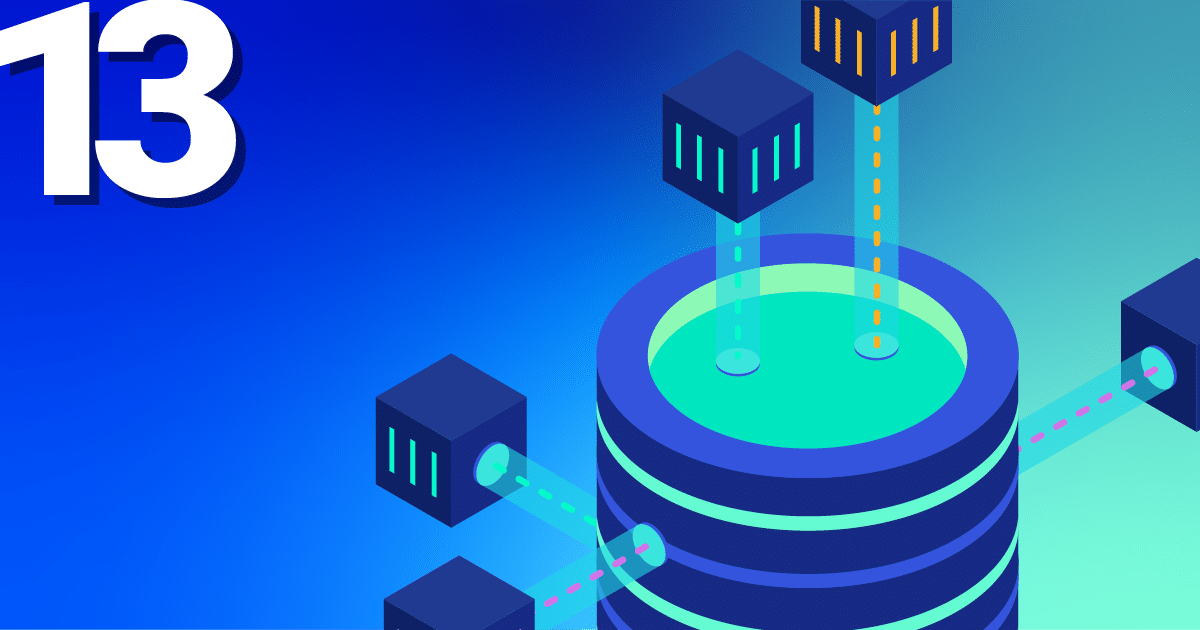Managed Kubernetes vs. Kubernetes On-Premises – do I go for a Managed Kubernetes plan or am I better off running Kubernetes myself?
For some, of course, the question does not even arise in the first place, as it is strategically specified by the group or their own company. For everyone else, the following should help to provide an overview of the advantages and disadvantages of Managed Kubernetes plan and On-Premises and point out the technical challenges.
Why Kubernetes?
In order to attract readers who are not quite so familiar, I would like to start by mentioning why there is so much hype about Kubernetes and why you should definitely get involved with it.
Kubernetes is the clear winner in the battle for container orchestration. It is much more than just launching containers on a multitude of nodes. It’s how the application is decoupled and abstracted from the infrastructure. Text-based and versionable configuration files, a fairly complete feature set, the ecosystem of the Cloud Native Computing Foundation and other third-party integrations are currently a guarantee for the success of the framework. No wonder that it is currently – despite a relatively steep learning curve – a “developer’s darling”.
Kubernetes sees itself as a “First-Class-Citizen” of the cloud. Cloud here means the Infrastructure as a Service plan of hyperscalers such as AWS, Azure and Google, but of course also other hosters such as NETWAYS. Kubernetes feels particularly comfortable on the basis of this already existing IaaS infrastructure, because it reuses infrastructure services for storage and network, for example. What is also special about Kubernetes is that it is “cloud-agnostic”. This means that the cloud used is abstracted and one is independent of the cloud service provider. Multi-cloud strategies are also possible.
In our Webinar and our Kubernetes-Blogserie we show and explain how to get started with Kubernetes and its possibilities.
Managed Kubernetes
The easiest way to get a functional Kubernetes cluster is certainly to use a Managed Kubernetes Managed Kubernetes plan. Managed Kubernetes plans are ready for use after only a few clicks and thus in only a few minutes and usually include a managed Kubernetes control plane and associated nodes. As a customer, you have the choice of using a highly available Kubernetes API, which is ultimately used to serve the Kubernetes cluster. The provider then takes care of updates, availability and operation of the K8s cluster. Payment is based on the cloud resources used. There are only marginal differences in the billing model. Some providers advertise a free control plane, but the VM’s used cost more.
The technical features are comprehensive, but the differences between the plans are rather minimal. There are differences in the Kubernetes version used, the number of availability zones and regions, the option for high-availability clusters and auto-scaling, or whether an activated Kubernetes RBAC implementation is used, for example.
The real advantage of a Managed Kubernetes plan is that you can get started immediately, you don’t need operational data centre and Kubernetes expertise and you can rely on the expertise of the respective provider.
Kubernetes On-Premises
In total contrast to this is the option of operating Kubernetes in your own data centre. In order to achieve cloud-like functionality in your own data centre, the Managed Kubernetes plan would have to be replicated as closely as possible. This is quite a challenge – that much can be revealed in advance. If you are lucky, you will already be operating some of the necessary components. Technically, there are some challenges:
- Automatic Deployments
For the deployment of one or more Kubernetes clusters and to ensure consistency, it is advisable – if not mandatory – to set up an automatic deployment process, namely configuration management with e.g. Ansible or Puppet in combination with the bootstrapping tool kubeadm. Alternatively, there are projects like kubespray that can deploy Kubernetes clusters with Ansible playbooks.
- Network
In addition to the actual network in which the nodes are located, Kubernetes forms an additional network within the cluster. One challenge is choosing the appropriate container network interface. Understanding solutions that use technologies such as VXLAN or BGP is also mandatory and helpful. Additionally, there is a special feature for ingress traffic that is routed into the cluster network. For this type of traffic, you usually create a Kubernetes service object with the type “load balancer”. Kubernetes then manages this external load balancer. This is not a problem in an IaaS Cloud mit LBaaS functionalilty, but it may be more difficult in a data centre. Proprietary load balancers or the open source project MetalLB can be helpful.
- Storage
Similar to the selection of the appropriate CNI, it is sometimes difficult to select the right storage volume plugin. Of course, the appropriate storage must also be operated. Ceph, for example, is popular and suitable.
Readers can probably quickly answer for themselves whether they want to face these technical challenges. However, they should by no means be underestimated.
In return for the hard and rather rocky road, you definitely get independence from third parties and full control over your IT with your own setup. The know-how you learn can be just as valuable. Financially, it depends strongly on already existing structures and components whether there is an actual advantage. If one compares only the costs for compute resources, it may well be cheaper. However, the enormous initial time expenditure for evaluation, proof of concept, setup and the subsequent constant effort for operation should not be neglected.
Conclusion
As always, there are advantages and disadvantages for the two variants described, Managed Kubernetes and Kubernetes On-Premises. Depending on the company, structure and personnel, there are certainly good reasons to choose one or the other variant. Of course, there are also manufacturers who attempt the balancing act between both worlds. Which type is the most efficient and sensible for a company must therefore be answered on an individual basis.
If you are leaning towards a Managed solution, there are good reasons to choose a NETWAYS Managed Kubernetes plan. For example, there is our dedicated team with our competent MyEngineers, who successfully accompany our customers on their way into the world of containers. Another reason is the direct and personal contact with us. Other good reasons and advantages my colleagues or I are also happy to explain personally.
